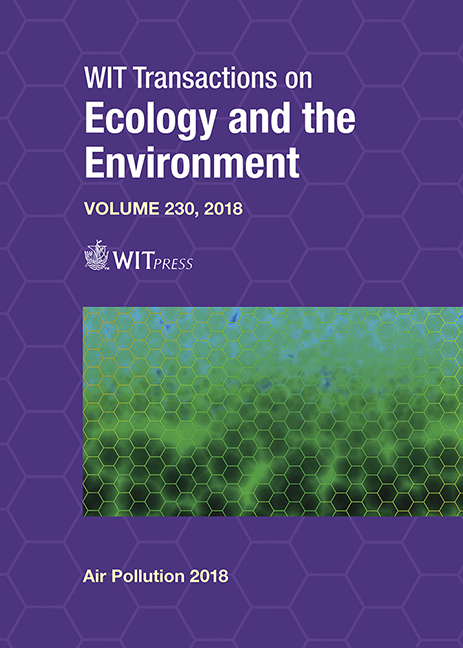PARTICULATE MATTER SOURCE APPORTIONMENT IN COMPLEX URBAN AND INDUSTRIAL CITIES: THE CASE OF TARRAGONA, SPAIN
Price
Free (open access)
Transaction
Volume
230
Pages
8
Page Range
511 - 518
Published
2018
Paper DOI
10.2495/AIR180471
Copyright
WIT Press
Author(s)
EDSON PLASENCIA SÁNCHEZ, MANEL SÁNCHEZ-GUIJARRO, FRANCISCO SÁNCHEZ-SOBERÓN, JOAQUIM ROVIRA, JORDI SIERRA, MARTA SCHUHMACHER, MÒNICA ROSELL, ALBERT SOLER
Abstract
In the framework of UltraPAR project (Assessing the Exposure and the Health Effects of Ambient Fine and Ultrafine Particles in areas of intensive industrial activity) the outdoor air quality of 12 schools in Tarragona (Catalonia, Spain) was monitored in winter 2016–2017. High volume air samplers equipped with quartz filters were used for sampling airborne particulate matter equal or smaller than 10, 2.5, and 1 μm (known as PM10, PM2.5, and PM1 respectively). These ambient samples together with some sources samples (harbour, industrial complexes, incinerator and road traffic) were chemically, mineralogically, and isotopically characterized and it is expected to help assessing the contribution of different emission sources. Preliminary results show that the maximum PM concentrations reached 37 μg/m3 for PM1, 30 μg/m3 for PM2.5 and 54 μg/m3 for PM10 while the lead content varies in the range of 10 to 13 ng/m3. Through XRD and SEM the marine aerosol influence is confirmed in this coastal city. The carbon isotopic signatures of the different PM sizes could be a potential tracer of its origin (mineral vs combustion sources). These findings were also compared with recent and older environmental data from other studies in similar cities or specifically in this zone to explore its consistency and possible temporal variations.
Keywords
PM10, PM2.5, Carbon Isotopes, Tarragona





